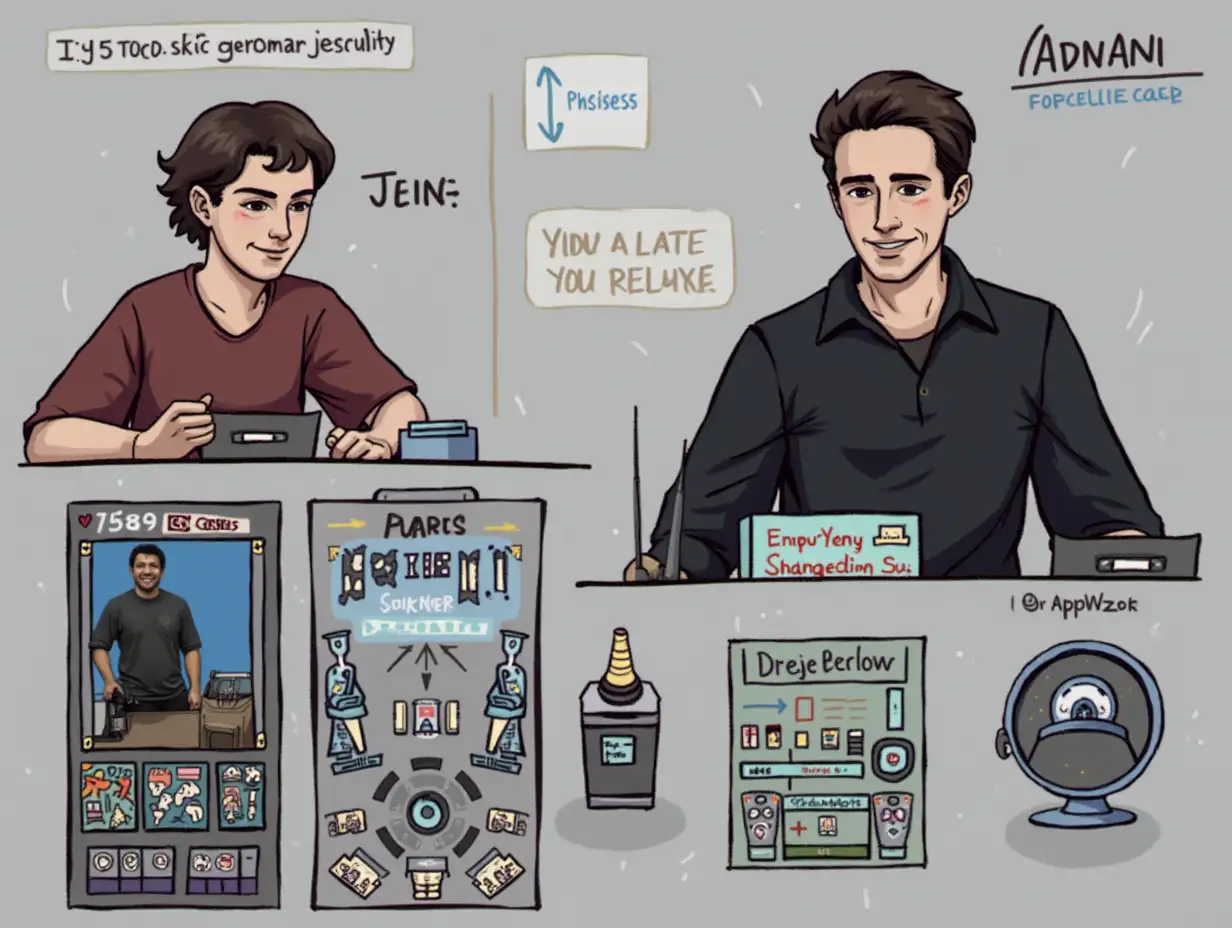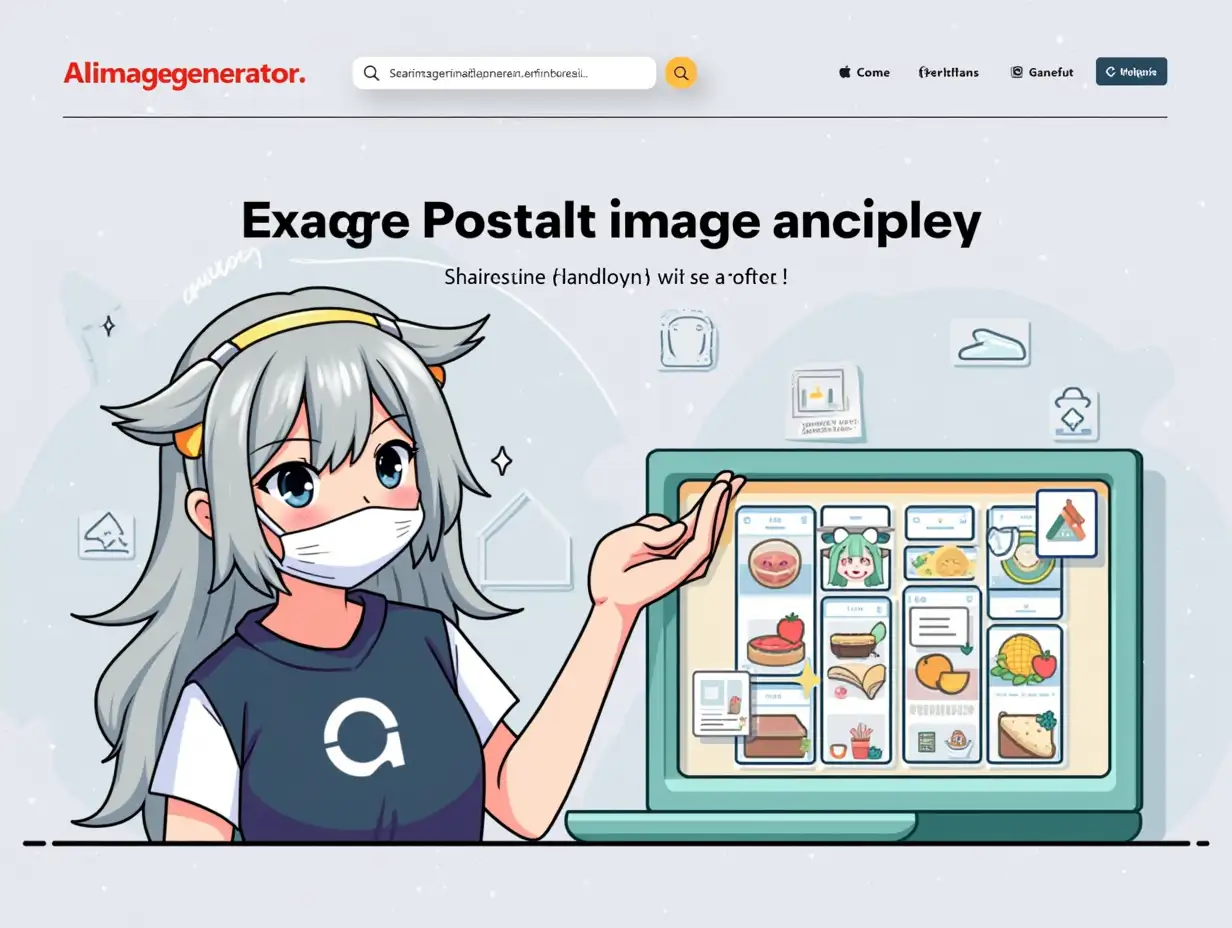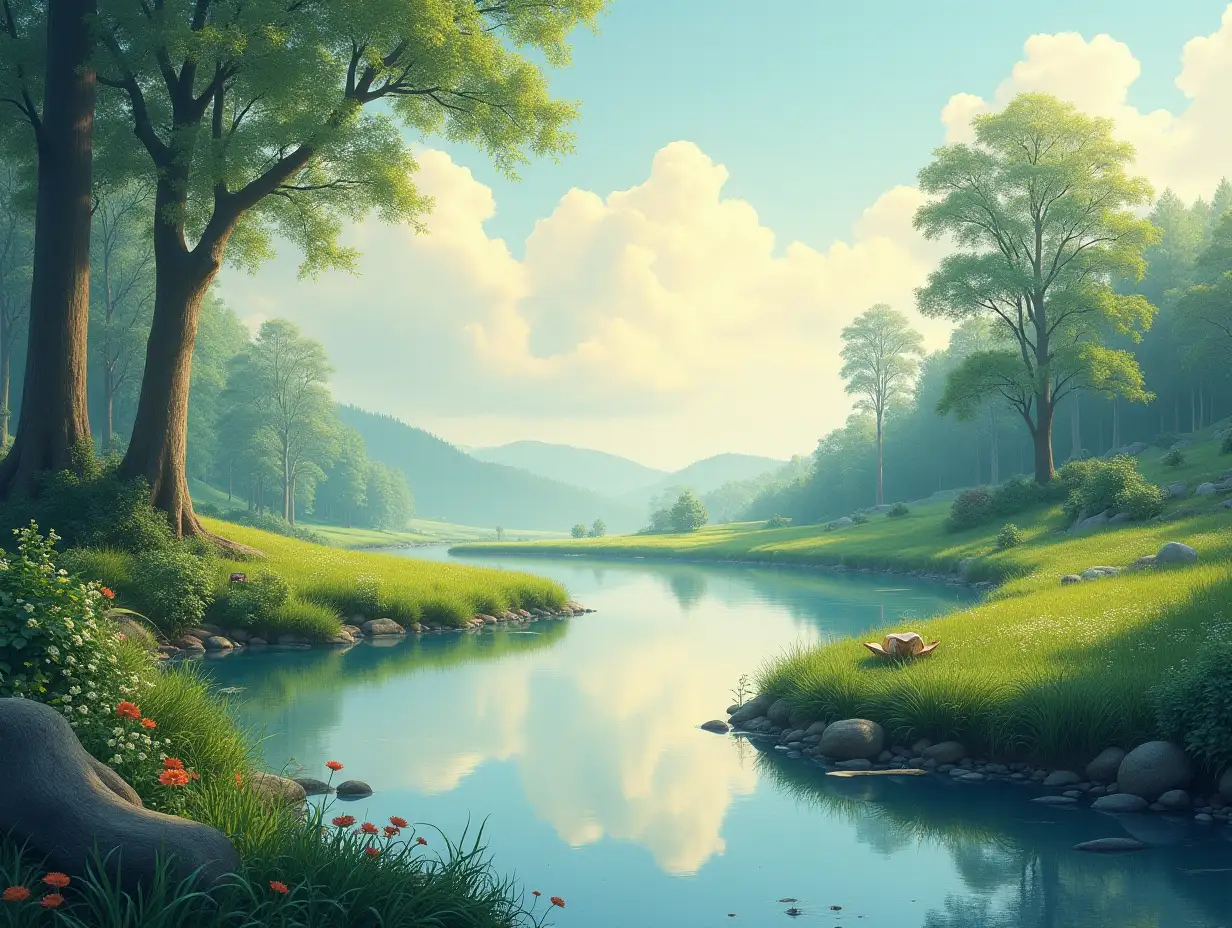Free Algorithmic Art Image Generator
Just imagine, and we'll instantly return a variety of personalized Algorithmic Art images—designed to bring your creativity to life!
- 4:3
- 3:4
- 1:1

image.state.default










Related Tags
Algorithmic Art, also known as generative art, is a form of art created using algorithms. This art form has evolved significantly with advancements in computing power and AI technologies. Initially rooted in the early experiments of computer-generated graphics, Algorithmic Art has grown to encompass complex, AI-driven designs that challenge traditional notions of creativity and artistic expression. Today, it includes various styles and techniques, from fractals and procedural generation to neural network-based creations.
Definition and Evolution of Algorithmic Art
Algorithmic Art finds applications across numerous fields including advertising, entertainment, and design. Its ability to generate unique, high-quality images quickly makes it valuable for creating visual content for marketing campaigns, video game environments, and cinematic special effects. Furthermore, its role in data visualization helps in translating complex data sets into comprehensible visual forms. The significance of Algorithmic Art lies in its ability to push the boundaries of traditional art and offer new perspectives on creativity in the digital age.
Applications and Significance in Modern Media
Algorithmic Art encompasses a wide range of styles and techniques. Fractal art uses mathematical equations to produce intricate, self-similar patterns. Procedural art employs algorithms to create textures, landscapes, and models, commonly used in video game design. Neural network art leverages machine learning algorithms to generate images that can mimic various artistic styles or create entirely new aesthetics. Each technique offers unique possibilities, allowing artists to explore novel forms and expand the horizons of digital art.
Different Styles and Techniques in Algorithmic Art
The impact of Algorithmic Art on modern culture is profound, influencing various sectors from fine arts to technology. It challenges conventional ideas of authorship and originality, posing questions about the role of the artist versus the algorithm. Looking forward, the future of Algorithmic Art promises further integration with emerging technologies such as augmented reality (AR) and virtual reality (VR), offering immersive experiences that blend digital and physical realms. As AI continues to advance, the potential for innovation in Algorithmic Art is boundless, shaping the future of creative expression.
Impact on Modern Culture and Future Trends